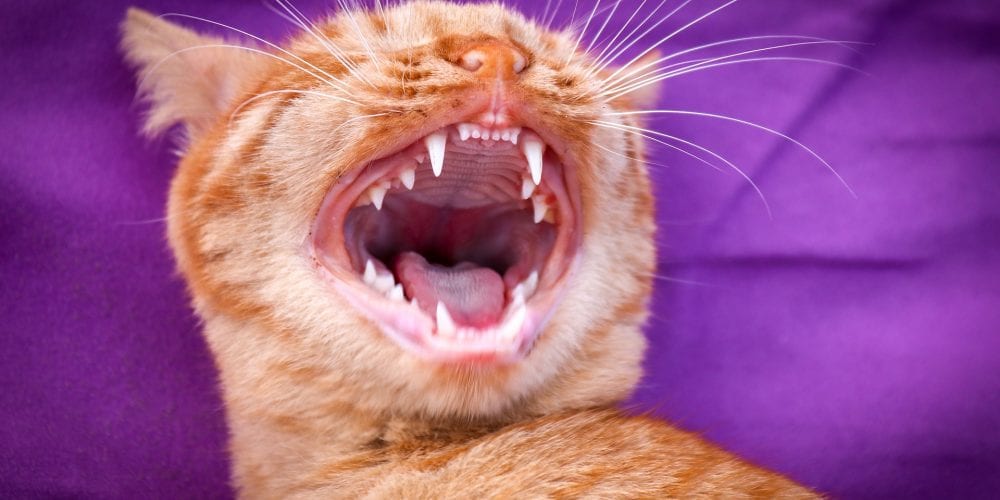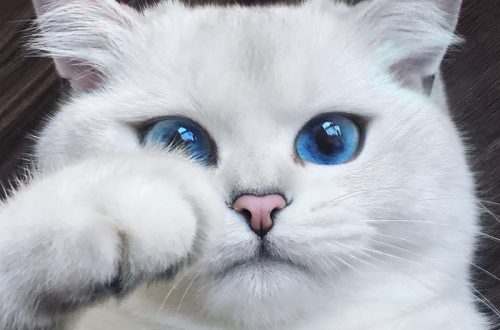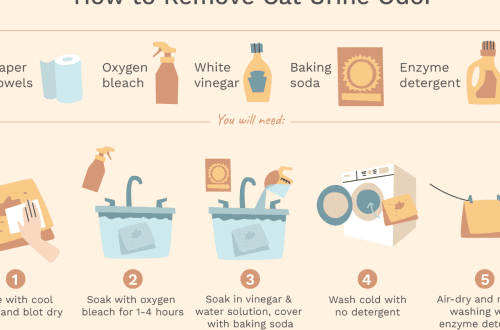
How to understand that a cat has a toothache, and what to expect from dental extractions in cats
There are many reasons why a cat’s teeth may need to be removed. Among them – gum disease, injury or some other problem. How is the extraction of teeth in a cat and the postoperative period?
Contents
Why do cats have toothache and when should they be removed?
Periodontitis is a common cause of tooth loss in cats. It causes inflammation of the gums, causing the bone surrounding the tooth to break down, weakening the periodontal ligament that holds the tooth in place. In this case, the cat’s teeth hurt. Loose and mobile teeth can cause pain and should be removed.
If the cat has broken a tooth, in this case, an extraction will also be required. According to the College of Veterinary Medicine at Cornell University, a cat’s tooth can break due to trauma or as a result of odontoclastic resorptive lesions (FORL), which is called resorption for short. This is the erosion of the dentin in the tooth, leading to irreversible damage. FORL results in cavities that weaken the cat’s teeth and cause pain. What to do if a cat breaks a tooth? The only treatment option for FORLs is removal.
A cat can also develop an extremely painful condition called feline stomatitis. This is an autoimmune disease that causes the animal to shed its own teeth, leading to severe gum disease. The pathogenesis of this condition is not yet well understood, but if treatment does not help, then the tooth must be removed. Most cats tolerate even complete extractions well and feel much better afterwards.
How long does a cat recover after tooth extraction
Most likely, the pet will be able to return home on the day of the procedure. However, recovery depends on a number of factors:
• the general health of the cat;
• the painkillers she was prescribed;
• tolerability of anesthesia.
In the case of a single tooth extraction, recovery usually takes about a week or less. For cats that have had several teeth extracted or have other health problems, recovery can take a couple of weeks.
During the recovery period, the gum should heal at the site of the tooth extraction. Often, the removal site is sutured with absorbable threads that hold the gums together and dissolve as they heal.
What should a cat do after tooth extraction and how to feed a cat after tooth extraction? Canned food is best for this period. This will prevent irritation at the site of removal. All painkillers and antibiotics will help in accordance with the appointment of a veterinarian.
How to prevent the need for deletion
In some cases, tooth extraction in a cat can be prevented. If your cat has been diagnosed with periodontitis, regular home cleanings and annual professional dental cleanings can help prevent tooth loss.
If a cat has a broken tooth, but the owner does not want to remove it, you can discuss with the veterinarian the possibility of root canal treatment to save the day. If the attending physician does not deal with such treatment, you need to ask for a referral to a veterinary dentist.
In the case of feline stomatitis or tooth resorption, early intervention and regular visits to the veterinarian can prevent tooth extraction. Any painful condition should be treated immediately.
Role of nutrition
In some cases, nutrition can prevent tooth loss. There are special medicated foods that are clinically formulated to reduce the formation of plaque and tartar. They can prevent the development of periodontitis and improve the health of the animal’s teeth and gums. One such product is Hill’s Prescription Diet.
If your cat suffers from stomatitis, your veterinarian may recommend a hypoallergenic food. It will help eliminate possible sensitivity to individual ingredients, which occurs quite often in these pets. If your cat has dental problems, you should contact your veterinarian for nutritional advice.
Cat care after tooth extraction
If a cat needs to have all her teeth removed, she can still be happy and healthy. To do this, she needs proper care, including nutrition. Contrary to popular belief, toothless cats can also eat dry food. It is necessary to obtain additional recommendations on the care of such an animal from a veterinarian.
The concern that your furry pet will have to undergo surgery is understandable. But don’t worry – most cats tolerate tooth extractions very well, because they feel much better after getting rid of the diseased tooth.
See also:
Cat oral care: brushing teeth and proper nutrition
How to keep your cat’s teeth healthy at home
Causes and signs of dental disease in cats
How to brush your cat’s teeth at home?
Cat dental care at home





